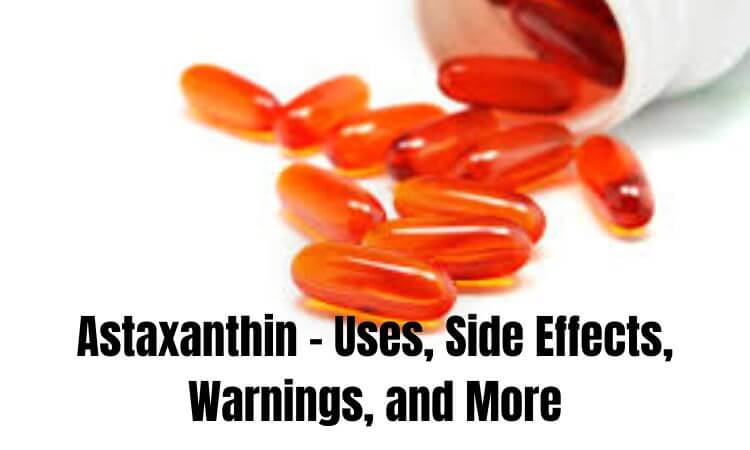Table of Contents
Astaxanthin – Uses, Side Effects, Warnings, and More
astaxanthin dangers,astaxanthin benefits,astaxanthin side effects liver,astaxanthin foods,astaxanthin vitamin,astaxanthin skin,astaxanthin tablets,astaxanthin uses,astaxanthin benefits,astaxanthin dangers,astaxanthin skin,astaxanthin uses,astaxanthin foods,astaxanthin vitamin
Overview
Astaxanthin is a type of red pigment that is classified as a carotenoid, which is a class of chemical compounds. It is a pigment that can be found in certain algae and is responsible for the salmon’s pinkish-red hue.
One type of antioxidant is called astaxanthin. It’s possible that this effect will prevent damage to the cells. Additionally, astaxanthin has been shown to enhance the performance of the immune system.
Astaxanthin is used for a variety of medical conditions, including Alzheimer’s disease, improving athletic performance, slowing the skin’s aging process, and reducing muscle soreness caused by exercise, amongst many others. However, there is insufficient data from credible scientific studies to back up these applications.
What Are the Benefits and Applications?
At this time, we do not have any information regarding the uses of ASTANTHIN.
Adverse Reactions
When eaten orally: astaxanthin can be discovered in some foods and is frequently consumed in moderate doses as part of a balanced diet. When consumed in supplement form, astaxanthin may not pose any health risks. Patients have been given doses ranging from 4 to 18 mg per day for up to 12 weeks. It’s possible that taking astaxanthin will cause you to have more frequent bowel motions and redder stools. It’s possible that taking large dosages of astaxanthin could induce stomach ache.
Important Safety Instructions and Cautionary Notes
When eaten orally: astaxanthin can be discovered in some foods and is frequently consumed in moderate doses as part of a balanced diet. When consumed in supplement form, astaxanthin may not pose any health risks. Patients have been given doses ranging from 4 to 18 mg per day for up to 12 weeks. It’s possible that taking astaxanthin will cause you to have more frequent bowel motions and redder stools.
DO NOT MISS: Bromelain – Uses, Side Effects, Warnings, and More
It’s possible that taking large dosages of astaxanthin could induce stomach ache. The experiences of pregnancy and breastfeeding: There is not enough trustworthy information available to determine whether or not it is safe to consume astaxanthin while pregnant or breastfeeding. To be on the safe side, avoid consuming levels that are higher than those naturally occurring in meals.
What are the interactions?
Interaction that is Not Overbearing
Take precautions when using these two together.
Interactions between astaxanthin and medications that are metabolized by the liver (substrates of cytochrome P450 2B6 or CYP2B6)
The liver is responsible for the transformation and breakdown of certain drugs. It’s possible that astaxanthin will alter the rate at which these drugs are metabolized by the liver. It is possible that the effects and side effects of these medications will vary as a result of this.
Interactions between astaxanthin and medications that are metabolized by the liver (substrates of cytochrome P450 3A4, or CYP3A4)
The liver is responsible for the transformation and breakdown of certain drugs. It’s possible that astaxanthin will alter the rate at which these drugs are metabolized by the liver. It is possible that the effects and side effects of these medications will vary as a result of this.
Dosage
The most common way that individuals take astaxanthin is in oral doses ranging from 4 to 18 milligrams on a daily basis for a period of up to 12 weeks. Talk to a medical professional about your symptoms to get a recommendation on the appropriate dosage for your condition.



